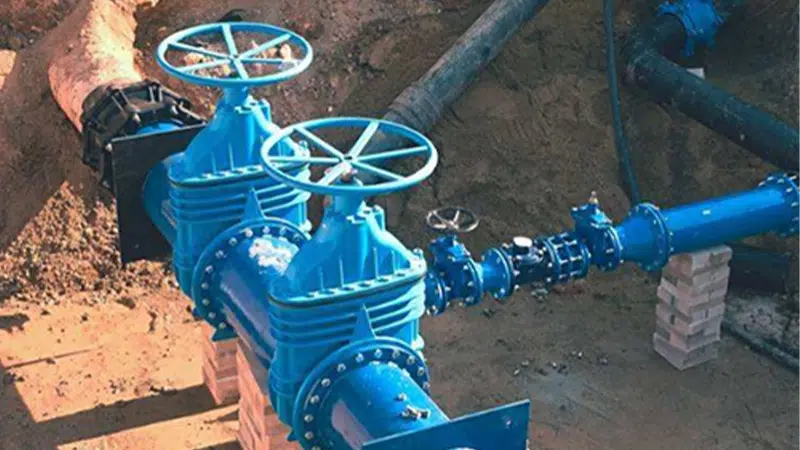What common types of drain valves include
Date: 2025-07-11 Categories: Valve knowledge Views: 3839
Excerpt:
This article takes a look at the common types of sewage valves and their application scenarios: gate valves (low flow resistance, suitable for large flows of solids-containing wastewater); butterfly valves (compact, lightweight and quick to operate, suitable for wastewater treatment); ball valves (excellent sealing, low flow resistance, suitable for viscous/crystallized media); check valves (to prevent backflow and safeguard pipeline safety); and regulating valves (to control the flow rate/pressure accurately for complex wastewater). Selection should be based on the combination of fluid characteristics (temperature/pressure/chemical composition/solid particles), piping size, and operation and maintenance, in order to enhance the efficiency of wastewater discharge and environmental safety.
What are the common types of sewage valves included? In industrial manufacturing and urban infrastructure, sewage disposal is vital to keep the environment clean and to guarantee the continuity of the production process. Valves, as key components of a sewage system, are responsible for regulating the path and speed of wastewater and dirt flow. Next, this article will give you an overview of several commonly used sewage valves.

1. gate valve:
- Gate valves are widely used in large diameter piping systems due to their convenient opening and closing characteristics. The valve controls the flow of fluid by adjusting the up and down movement of the gate plate and is particularly suitable for handling wastewater containing solid particles or viscous substances. The advantage of gate valves is their low flow resistance, which makes them ideal for use in high flow discharge systems.
2. butterfly valve:
- Butterfly valves are well known for their compact structure and light weight. Butterfly valves are mainly used to regulate the flow rate of fluids and cut off the medium. Easy operation and rapid opening and closing make them ideal for sewage systems that respond to the need to quickly cut off fluids. The use of butterfly valves is particularly common in wastewater treatment plants and storm water drainage systems.
3. ball valves:
- These valves are widely used in small and medium-sized piping systems by rotating the ball inside to open or close the passageway. Ball valves have an excellent sealing effect and low flow resistance, which makes them particularly suitable for media containing viscous substances or easily crystallized. InChemical industryBall valves are particularly used in the field of sewage and laboratory wastewater treatment.
4. check valves:
- The function of the check valve is to prevent the reverse flow of the medium, thus safeguarding the integrity and safety of the piping system. In the sewage system, the role of the check valve is critical to ensure that wastewater and dirt can only flow in one direction, effectively preventing pollutants from flowing back in the opposite direction. For drainage systems in low-lying areas, check valves are an indispensable key component.
5. control valve:
- The key role of such valves is to regulate the flow rate and pressure, with the aim of ensuring that the fluid in the sewage system flows in accordance with established standards. Regulating valves play a vital role in the treatment of complex wastewater, particularly in the areas of industrial wastewater treatment and municipal wastewater management.
The purpose of this article is to introduce several common types of wastewater valves and their characteristics and areas of application. Each type of valve offers unique advantages and is suitable for specific environments. When selecting a wastewater valve, it is important to consider factors such as fluid characteristics (including temperature, pressure, chemical composition and solid particle content), pipe size, and ease of operation and maintenance. Accurate selection and rational use of valves is of vital importance in enhancing the operational efficiency of the sewage system and safeguarding environmental safety.

















